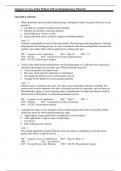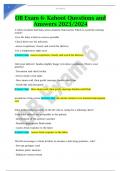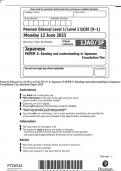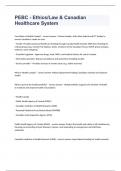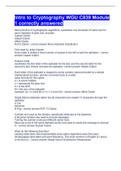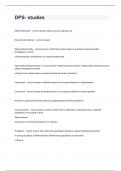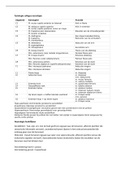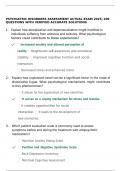Exam (elaborations)
Chapter 3: Care of the Patient with an Integumentary Disorder
- Institution
- Chapter 3: Care Of The Patient
Chapter 3: Care of the Patient with an Integumentary Disorder Adult Health Care 7th edition By Cooper - Test Bank
[Show more]
